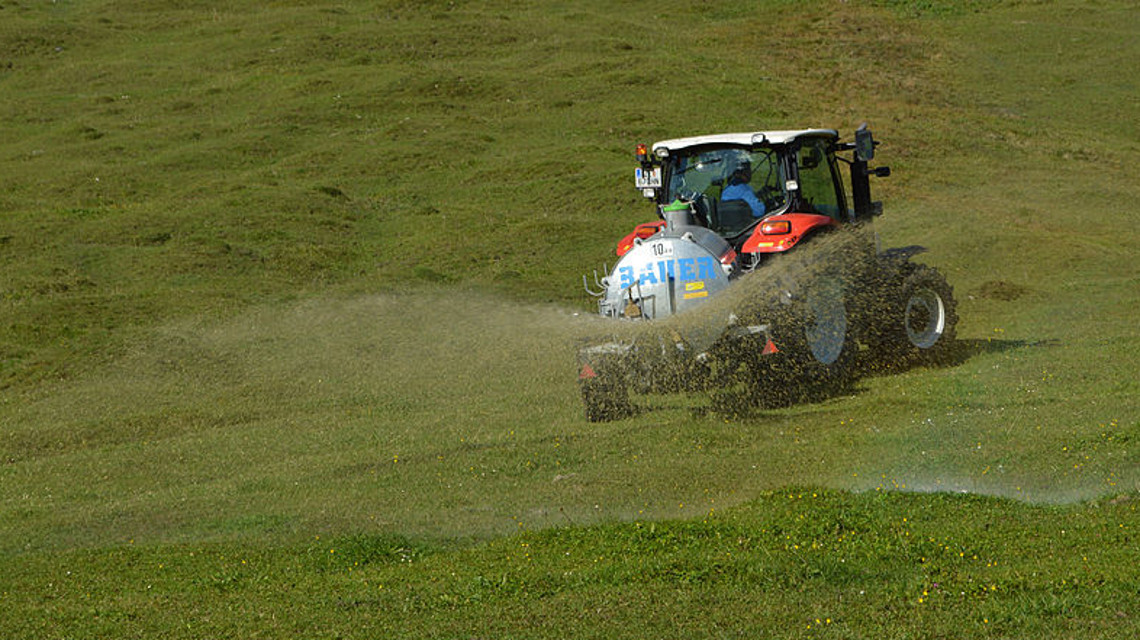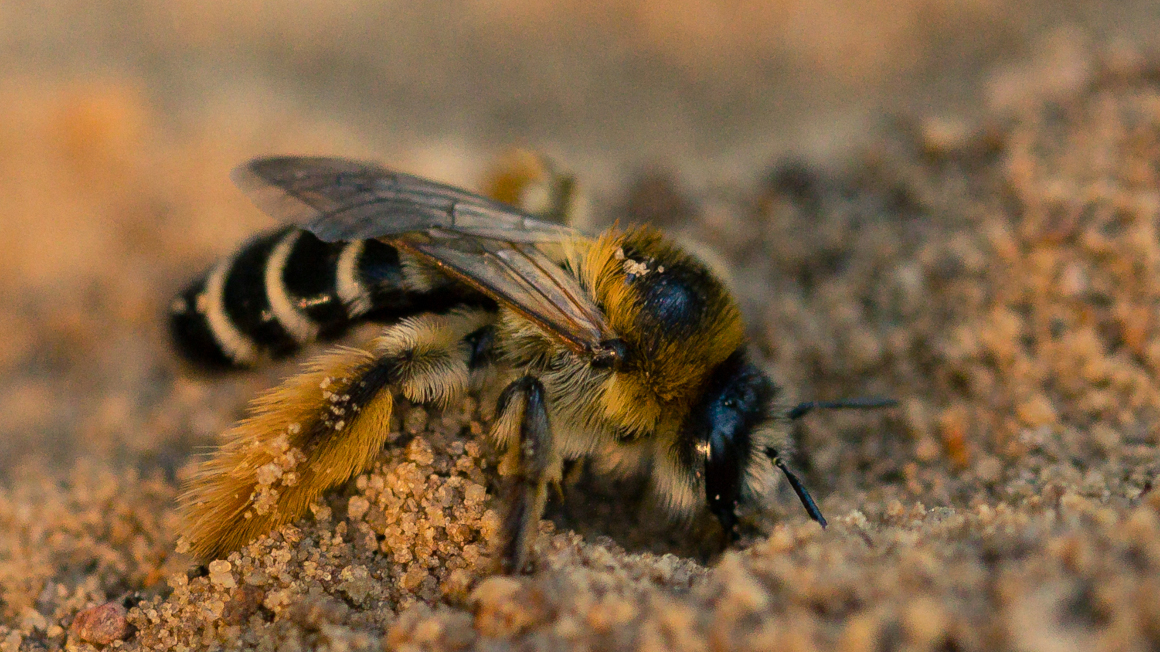Fewer ammonia emissions could save lives
Researchers at the Max Planck Institute in Mainz calculated that reducing agricultural ammonia emissions from manure and fertilizers decreases air pollution and reduces mortality.

Air pollution is most commonly associated with traffic and car emissions. However, there are a number of other sources for pollution, such as agricultural emissions due to fertiliser use. According to researchers at the Max Planck Institute for Chemistry in Mainz, Germany, reducing ammonia (NH3) emissions by 50% could avoid the deaths of more than 250,000 people each year that are caused by air pollution worldwide. The results are published in Atmospheric Chemistry and Physics, a journal of the European Geosciences Union.
Fine particulate matter particularly harmful
According to the World Health Organization (WHO), fine particulate matter with a diameter less than 2.5 micrometers is particularly harmful to health, because the particles penetrate deep into the lungs and can cause cardiovascular and respiratory diseases. The “Global Burden of Disease” listed outdoor air pollution as the fifth-highest risk factor of global total mortality. “Currently, the public debate primarily focusses on the particulate load from traffic, while other sources such as agriculture are neglected”, says Jos Lelieveld, Director of the Atmospheric Chemistry Department at the Institute in Mainz. In fact, most fine particulates are the result of chemical processes in the air during transport by the wind. “The concentration of fine particulates in the atmosphere could be drastically reduced by preventing the release of ammonia from agriculture”, says Lelieveld.
Ammonia reacts to form the salts that make particulates
In an earlier study, the Max Planck researchers pointed out that 3.3 million people around the globe died in the year 2010 as a consequence of air pollution. And in many regions of the world industry and traffic are in fact not the leading sources of air pollution and instead agriculture can play an important role. The scientists identified the release of ammonia from animal husbandry and fertiliser use as a leading cause of air pollution, especially in large parts of Europe. Ammonia contains nitrogen which is an important nutrient for plants, but it escapes to the atmosphere from manure and by fertilising agricultural crops.
50% less ammonia emissions could save 250,000 lives
In their present study, the scientists concentrated on North America, Europe, South and East Asia as the four regions frequently exceed particulate air quality limits. The scientists determined mortality rates in two stages: first, they calculated how strongly fine particulates would be reduced by decreasing ammonia emissions. Their calculations show that a 50% reduction of agricultural emissions would lead to 8% or 250,000 fewer deaths attributable to air pollution. If ammonia emissions could be fully excluded, about 800,000 deaths from air pollution related diseases would be avoided globally.
Based on an additional model, which describes the public health impacts that occur for a given particulate exposure, the researchers calculated the influence on mortality by lung cancer, cardiovascular and respiratory diseases. In particular Europe would profit from a reduction in ammonia emissions and the consequent decrease of fine particulates: for example, a Europe-wide NH3 reduction of 50% would decrease mortality by almost 20%, meaning that about 50,000 deaths per year could be avoided.
As the effect of ammonia reduction on particulate formation is non-linear, a reduction of ammonia emissions of more than 50% would be most effective and desirable.
jmr


